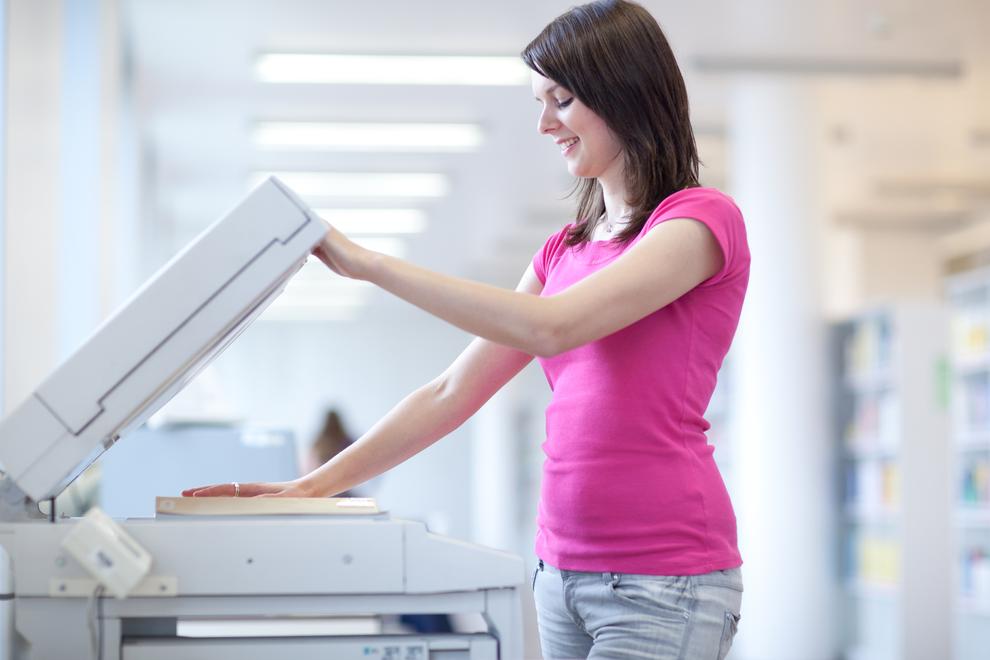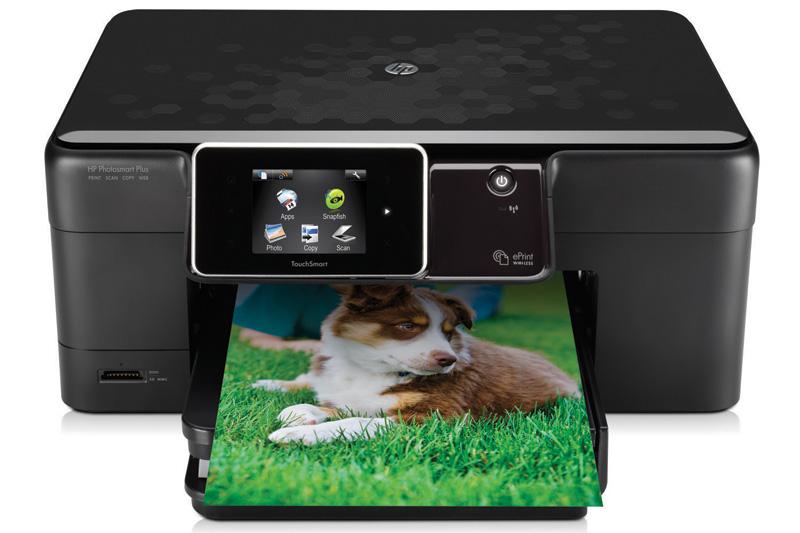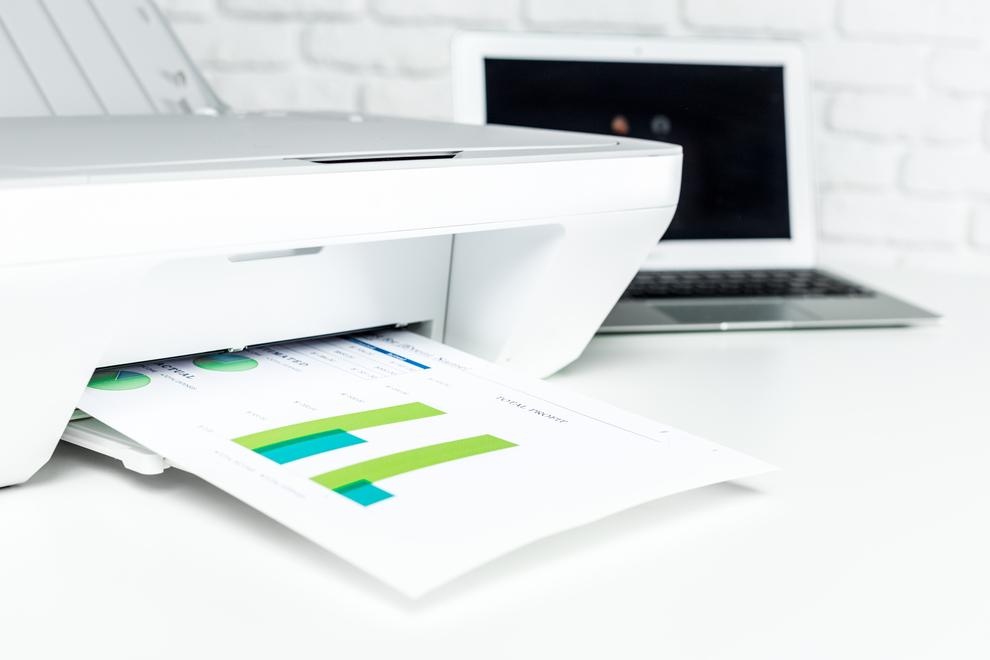Laser vs. inkjet printers: which is better?
- 04 September, 2020 12:20

If you're buying a printer, either for work or for home, one of the choices you're likely to be faced is whether to get an inkjet printer or a laser printer.
Although they may serve the same purpose and boast a similar look or form-factor, these two breeds of printer operate in a very different ways. Inkjet printers use liquid ink sprayed through microscopic nozzles onto the paper. Meanwhile, laser printers use a toner cartridge (filled with fine powder) and a heated fuser to accomplish comparable results.
The conversation here is not as simple as which is best. Each technology has its own strengths and weaknesses. Both inkjet and laser printers are appropriate for meeting different printing needs.
Initial costs
These days, you can purchase a basic laser or inkjet printer for almost the same price. An entry-level inkjet solution is likely to be a little cheaper, but not overly so.
If you're looking for a budget multifunction printer -- which will include the ability to photocopy and scan images as well as print -- there's not much difference in price between laser printers like the HP Laserjet Pro M203dw and inkjet ones like the Epson Workforce WF-2860 All-in-One Wireless Color Printer.
 Credit: ID 16778793
© Lightpoet
| Dreamstime.com
Credit: ID 16778793
© Lightpoet
| Dreamstime.com The cheapest laser printers will generally cost around $130; you can pick up inkjet printers for as little as $60-$70. However, these budget inkjet printers generally come with 'starter' cartridges, which don't have a full ink tank. This means you'll need to refill them after fewer prints. You're paying less up front but more later down the line.
However, while price certainly a good place to start, that initial edge when it comes to the price-tag shouldn't be an overly influential factor in your final decision. If you start comparing budget-friendly inkjet and laser printers you might notice that the former can print colour pages while many cheap laser printers are only capable of producing black-and-white documents.
Ongoing costs
The reality of ongoing costs is a big part of the printer market and something you'll want to keep in mind when deciding between inkjet and laser printers. Ultimately, all printers rely on some kind of fuel but the cost and frequency with which they'll need to be topped up can vary greatly between inkjet and laser models.
 Credit: HP
Credit: HP As you continue to use your new printer over a period of time, you'll need to keep it supplied with appropriate consumables like paper and ink or toner.
The ongoing running costs of printers are generally quoted in cents per A4 page. You can calculate this by dividing the number of pages an ink or toner cartridge can produce (this figure is provided by the manufacturer) by the price of the cartridge. This doesn't include the cost of paper though (but this won't change depending on the type of printers).
[Related: Which CPU is best: Intel Core i7 or AMD Ryzen?]
Generally inkjet printers have a price per page of around 20 cents, although this includes both black and colour cartridges — if you intend to print only black, ongoing print costs are generally 7-8 cents per page. Cheap black-and-white laser printers have a price of around 6c per page on average. If you spend more on a laser printer, the cost per page generally drops quickly.
The above situation has also recently been disrupted by the arrival of ink tank printers.
These inkjet printers feature an internal ink capacity that can be topped up as necessary rather than conventional cartridges. Opting for an ink-tank-based printer solution such as Epson’s EcoTank range is usually the better way to go if you are looking at a home office printer as they offer the best value over the long run.
Larger laser printers have additional ongoing costs when compared to inkjets: they often require an additional fuser cartridge or the replacement of parts with a maintenance kit.
Print speed and text print quality
 Credit: ID 57014021
© Sergey Tolmachyov
| Dreamstime.com
Credit: ID 57014021
© Sergey Tolmachyov
| Dreamstime.com When it comes to printing black and white text pages, laser printing is unbeatable in its speed.
Even in low-end cheaper monochrome laser models you can expect print speeds of up to 20 pages per minute. Inkjets are significantly slower, with budget printers rarely printing more than 6 pages per minute of black text. It is for this reason that business users often find value in laser printers that home users may not. When you're printing a seven-page document, the speed differential doesn't matter that much as it would with a seventy page one.
For normal print sizes (of around 12pt and larger) text printing quality is similar between both laser and inkjet printing platforms. However, if your printing needs include printing small fonts then lasers are normally superior to inkjets, as the fusing technology better lends itself to the minute curves and dots of small text.
Page Break
Colour printing and colour print quality
If you want to print colour — whether it's a full-page colour photograph or simply a pie chart — you'll almost certainly be better off with an inkjet printer. Colour laser printers are often bulky and quite expensive and generally aren't suited to home or small office use.
Even when comparing a colour laser printer to a colour inkjet, the inkjet is likely produce better colour images. Inkjet printers are able to reproduce subtle colour gradation in images where laser printers will display banding (distinct changes in colour saturation). If you're printing photos or other images, this is going to be a detail you'll want to factor into your final decision.
Size
Size is another important consideration for some users for obvious reasons.
After all, most people want - or would at least prefer - a printer that effortlessly fits into their life rather than one that asks them to go to the trouble find a way of fitting it in.
 Credit: ID 11661198
© Joachim Wendler
| Dreamstime.com
Credit: ID 11661198
© Joachim Wendler
| Dreamstime.com If you're looking for something to fit into a small space on or underneath your desk, it's hard to go past an inkjet printer. That being said, if you don't need scanning or copying a single-function laser printer may be small enough to suit your needs.
These days, there isn't as much of a difference between the form-factor of consumer grade inkjet and laser printers but it still bears repeating that, most of the time, inkjet printers tend to be a little more portable.
Conclusion
If you're buying based on price — and most consumers are — the choice between a laser printer and an inkjet is simple.
If you can afford to pay a little more upfront and if you'll only be printing black text documents, a laser printer is a convenient solution. Inkjet printers are far more versatile, which is important for home use, but you'll pay more in ongoing running costs and will have slower print times.
 Credit: Epson
Credit: Epson While factors like size, print quality and speed are certainly important when you're trying to evaluate which printer technology is going to suit your needs, printers are a category where convenience remains king.
Ultimately, the choice between inkjet and laser printers is less a case of which technology has the edge and more a case of identifying which of those advantages or disadvantages will suit your situation.
If you're after volume, the cons of laser printers aren't going to seem like such a big deal. If you're more concerned with quality over quantity or finding the most economical setup, then inkjets are the way to go.
[Related: What size 4K TV should I buy?]
[Related: TV buying guide: What to look for when buying a TV]
[Related: Should you subscribe to Amazon Prime in Australia?]
[Related: What is the best value VPN?]
This article was originally published by Campbell Simpson in July 2010. It was updated in August 2020 by Fergus Halliday.





